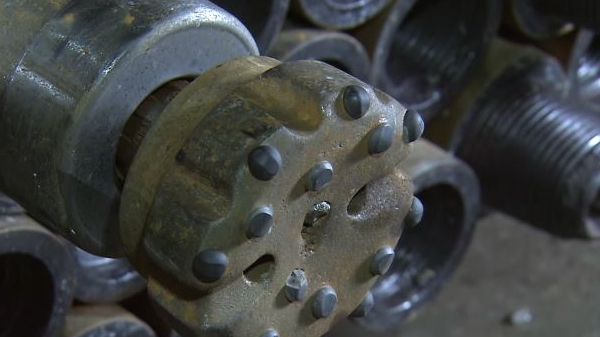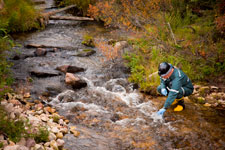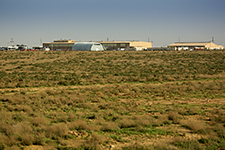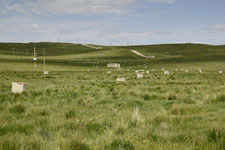Uranium Operations

Learn how uranium is mined, milled and processed at Cameco
In Uranium Part 1 - watch how uranium is mined and milled at our northern Saskatchewan operations.
Watch Uranium Part 2 - Uranium Processing
Video courtesy of How It's Made, a Discovery Communications, Science Channel program
Cameco is one of the largest global providers of the uranium fuel needed to energize a clean-air world.
We have interests in tier-one mining and milling operations that have the licensed capacity to produce more than 30 million pounds (our share) of uranium concentrates annually, backed by more than 457 million pounds (our share) of proven and probable mineral reserves. Our operations and projects are diversified by geography and deposit type, backed up by extensive mineral reserves and resources. All of Cameco's operations demonstrate the company's high standards for safety, health and environmental performance.
Expertise
Cameco and its predecessor companies have been mining uranium for more than 60 years. We have extensive knowledge of all aspects of uranium mining and are global leaders in exploration, mine engineering, environmental protection, and worker health and safety.
Most of Cameco's operating experience is in the Athabasca Basin of northern Saskatchewan, home to the world's largest, high-grade uranium deposits. Mining in this area presents geological, technical and logistical challenges that Cameco has effectively managed using innovative methods such as raise boring and jet boring.
Cameco is also a leader in low-cost in situ recovery (ISR) mining. We use ISR methods at our uranium operations in the United States and Kazakhstan.
Our Locations
Click to show or hide locations:
Canada

We are proud to be one of Canada’s largest employers of Indigenous people, and our land holdings, including exploration, span about 1.8 million acres, the majority near our existing operations in northern Saskatchewan. We respectfully acknowledge that our Cigar Lake, McArthur River/Key Lake, and Rabbit Lake operations are in Treaty 10 territory, the traditional territory of the Dene and Cree Peoples, and the homeland of the Métis.
The Athabasca Basin in northern Saskatchewan, Canada, is home to two of the highest grade mines in the world - Cigar Lake and McArthur River/Key Lake, operated by Cameco.
Kazakhstan

Cameco owns a 40% share in Joint Venture Inkai's in situ recovery uranium mine in south central Kazakhstan. The remaining 60% belongs to Kazatomprom, majority-owned by the government of Kazakhstan.
United States

The Smith Ranch-Highland and Crow Butte operations use in situ recovery methods.
